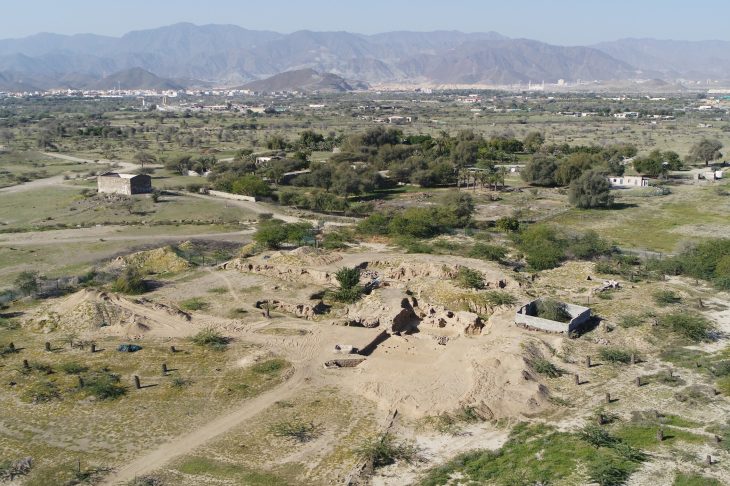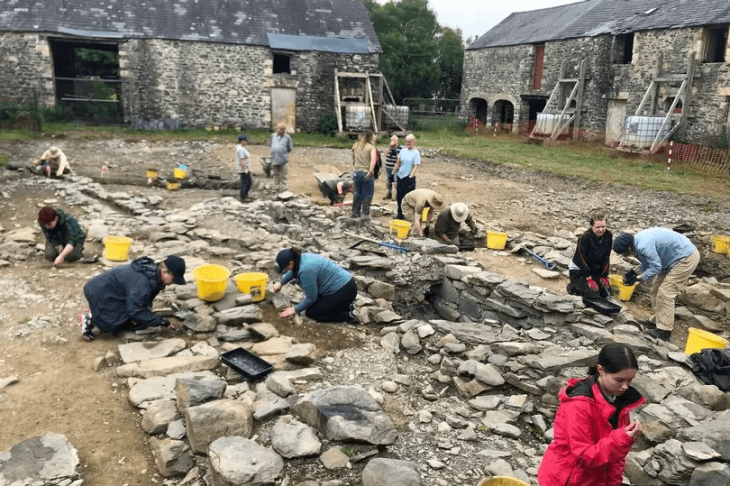A recent excavation near Beersheba in southern Israel uncovered an ivory vessel crafted of elephant tusks dating to the Chalcolithic period (around 4,000 BC). The find is the first Chalcolithic ivory vessel discovered in Israel.
Although the ship was originally disassembled, careful restoration work at the Israel Antiquities Authority (IAA) laboratories has brought it back to its former glory.
The vessel is of a type known to researchers as an amphoriskos, a small jar. This rare find sheds light on ancient trade connections between the Holy Land and Egypt some six millennia ago
The diameter of the ivory container is approximately 8 inches. Its exquisitely designed and skillfully crafted small matching handles are arranged symmetrically around its lower body and neck.
The find is the first Chalcolithic ivory vessel discovered in Israel, the Israel Antiquities Authority (IAA) said and was likely either imported from Egypt or carved locally from ivory imported from there.

The rare item was discovered in 2020 at Horvat Raqiq, an archaeological site near Beersheba in southern Israel, during infrastructure work to lay a water pipe, the IAA told The Times of Israel.
More than just artifacts were discovered during the excavation at Horbat Raqiq; it also uncovered an old settlement with underground buildings etched into the Loess ground. Emil Aladjem discovered the edge of a basalt vessel during the last stages of the dig, which prompted additional investigation.
Three imposing vessels were found within the excavation site after an extended search. Among them, nestled within layers of soil, lay the shattered remnants of the ivory vessel, carefully interred in antiquity – a testament to its significance.
“This find deepens our understanding of the Chalcolithic period and of the cultural exchange ties of our region with both neighboring and distant cultures,” the researchers said. “The vessel is well-made and makes maximum use of the original tusk – which was a most precious material. If it was manufactured here, it reveals the high standard of craftspeople who dwelt here, who knew how to treat ivory, and also knew elephant anatomy.”
IAA researchers, specialists from the Hebrew University of Jerusalem, and ivory conservationist Olga Negnevitsky collaborated to analyze and restore the ivory vessel, which was a difficult and drawn-out process.
The vessel is to be presented to the public on Thursday in Jerusalem at the annual Israel Prehistoric Society conference, along with other recent prehistoric discoveries.
Cover Photo: Israel Antiquities Authority
















